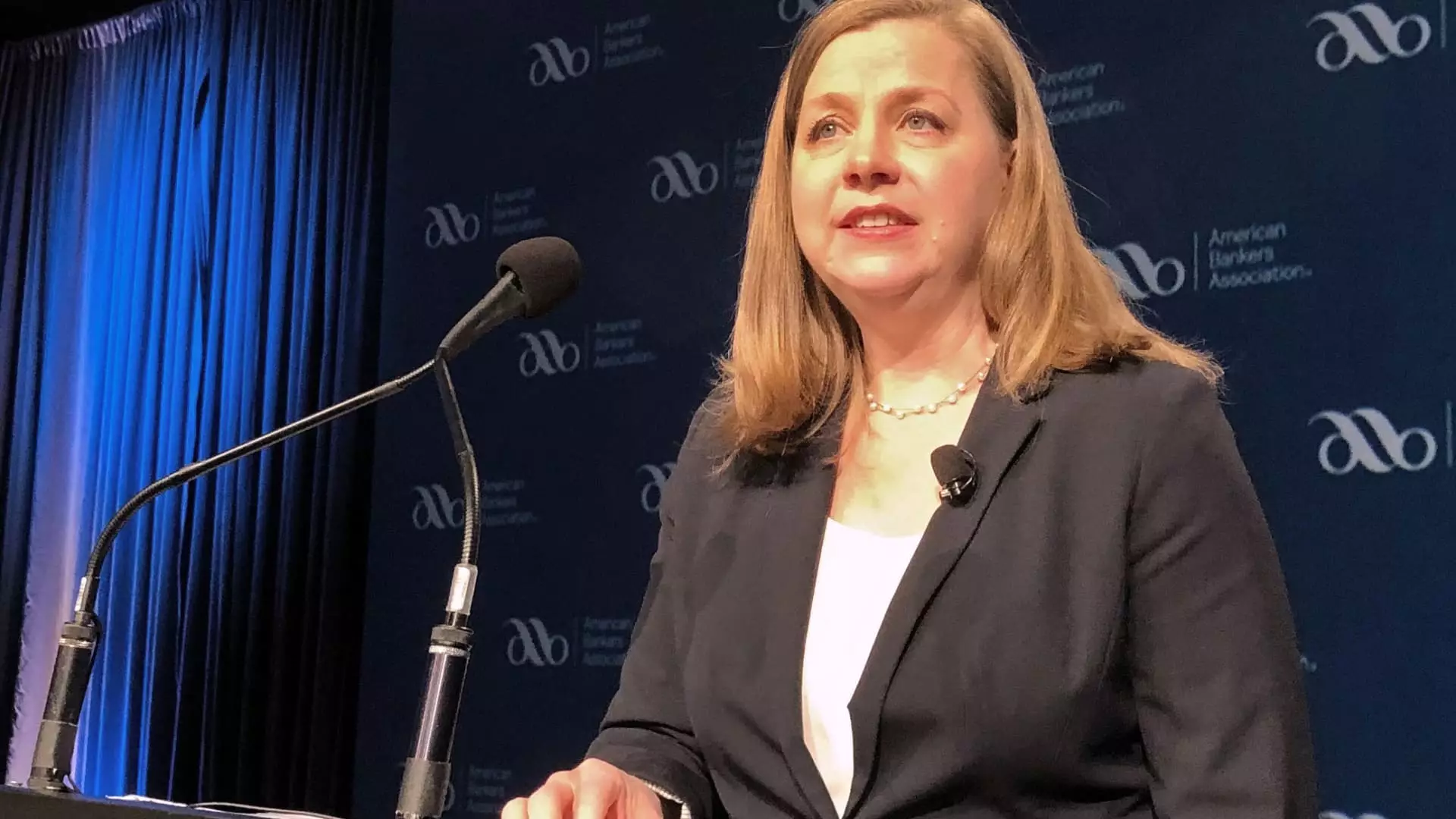Federal Reserve Governor Michelle Bowman recently addressed key concerns regarding the U.S. monetary policy landscape, emphasizing that while current policy settings are satisfactory, the path forward requires vigilance, particularly in relation to inflation metrics. Her remarks highlight the delicate balance the Federal Reserve must maintain in fostering economic stability while addressing inflationary pressures. Bowman’s statement reflects an optimistic but cautious viewpoint, illustrating the broader economic uncertainties that persist in the wake of recent trends in inflation.
Bowman’s call for better inflation data before considering further interest rate cuts is significant. She articulated the need for a thorough assessment of whether the progress in inflation is sustainable. This sentiment stems from observations of rising core goods price inflation since the previous spring, which has hindered the progress made so far. Even though expectations are leaning towards a deceleration of inflation this year, Bowman forewarned that the journey toward achieving disinflation might be prolonged, necessitating patience from policymakers and stakeholders alike.
An intriguing aspect of Bowman’s commentary is her focus on the existing labor market dynamics. Despite the resilience of employment figures, she perceives increased risks to price stability, which poses a challenge for the Federal Reserve. The labor market’s strength can contribute to elevated wage growth, consequently driving prices higher. This connection underscores the complexity of economic policymaking where dual mandates—promoting maximum employment and stable prices—intersect in meaningful ways. As policymakers digest these relationships, they must weigh the benefits of interest rate adjustments against the potential implications for both inflation and employment.
The latest consumer price index data further complicates the landscape, revealing inflation trends that exceeded expectations. In January, inflation registered a 0.5% month-over-month increase compared to forecasts predicting a smaller rise of 0.3%. This surge pushes the annual inflation rate to 3%, a figure above the expected 2.9%. Such deviations underscore the unpredictability of the current economic climate and reinforce the Federal Reserve’s cautious approach to monetary policy adjustments. The Fed’s decision to maintain the target rate within the 4.25% to 4.5% range reflects a strategic pause, allowing for careful monitoring of inflation developments and economic conditions.
The geopolitics of trade, particularly President Trump’s tariffs on major trading partners, introduce additional layers of complexity to the inflation narrative. Concerns over rising prices linked to these tariffs resonate within the economic community, igniting debates about their long-term implications on domestic inflation rates. The anticipation of interest rate cuts in the years to come has been dampened as economists reassess the impact of trade policies amid this evolving economic backdrop. As Federal Reserve policymakers navigate this intricate web of factors, their approach will be crucial in shaping the economic trajectory in the coming years.
Bowman’s insights into the current monetary policy framework reveal the intricate balance needed to address inflation while promoting economic stability. As data unfolds, the Federal Reserve’s strategy will require adaptability and foresight amid an ever-evolving economic landscape.

